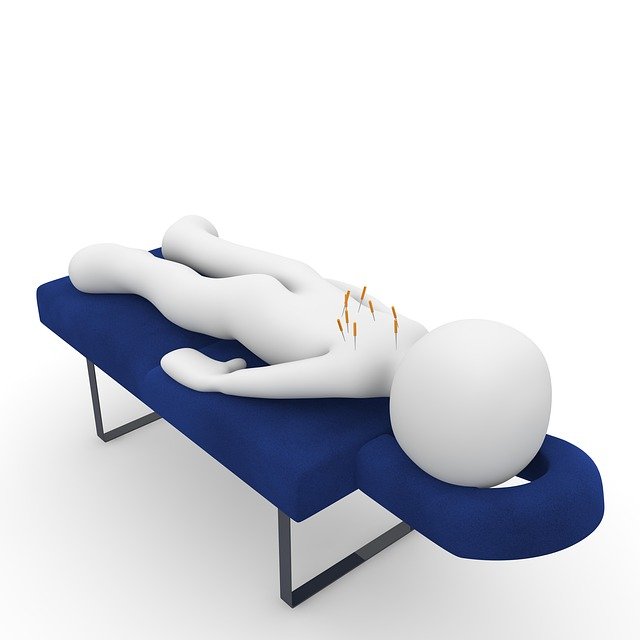Cold Plunge: Benefits, Methods, and Safety Considerations
Cold plunge—brief immersion in cold water—is a practice used for recovery, short-term pain relief, and perceived wellness gains. People use dedicated plunge tubs, natural springs, or ice baths to expose the body to low temperatures for a controlled period. This article explains what cold plunges are, how they differ from other forms of cold exposure, potential physiological effects, and practical safety guidance for those considering the practice.

This article is for informational purposes only and should not be considered medical advice. Please consult a qualified healthcare professional for personalized guidance and treatment.
What is a cold plunge?
A cold plunge refers to immersion in cold water typically using a small, deep tub or a dedicated cold-plunge unit designed to maintain low temperatures. Sessions usually last from under a minute to several minutes depending on experience and the chosen protocol. The goal is a controlled, acute exposure to cold that triggers physiological responses such as peripheral vasoconstriction and increased sympathetic activity. People pursue cold plunges for a mix of recovery, mental focus, and routine support rather than as a stand-alone medical treatment.
How does water temperature affect results?
Water temperature dictates how the body responds. Colder water produces a stronger cold-shock response—rapid breathing, elevated heart rate, and intense peripheral vasoconstriction—while milder cold causes subtler circulatory changes. Common practice ranges span roughly from near-freezing ice baths up to about 15°C (59°F), with many therapeutic protocols falling in the 4–15°C range. Shorter exposures at colder temperatures generally increase risk and stress, so protocols often balance temperature with time to control intensity and safety.
How does an ice bath compare to a cold plunge?
The term ice bath often implies added ice to lower water temperature quickly and can overlap with cold plunge use. A cold plunge tub may have cooling systems to keep temperature stable without loose ice. Practically, both produce similar biological effects if temperature and duration match: reduced local swelling, altered nerve conduction, and transient analgesia. Differences come down to convenience, temperature control, and hygiene—plunge units can offer filtered water and thermostatic control, while improvised ice baths are simple and inexpensive.
Cold plunge as therapy: what science says
Research on cold-water immersion shows mixed but consistent findings for short-term recovery benefits, such as reduced perceived muscle soreness after intense exercise. Mechanisms include decreased tissue temperature, reduced inflammation signaling, and modulation of pain perception. Some controlled studies note modest improvements in recovery metrics; other studies show limited or context-dependent effects. Evidence for chronic disease treatment or broad wellness claims is limited. People with cardiovascular disease, hypertension, Raynaud’s, or certain other conditions should consult a clinician before attempting regular cold exposure because of possible cardiovascular strain and cold-induced arrhythmia risk.
Cold plunge and wellness routines
Cold plunges are often incorporated into broader wellness routines—paired with gradual breathing exercises, light warm-up activity beforehand, or contrast therapy (alternating hot and cold). For newcomers, common guidance is to begin with short durations (30–90 seconds) at milder cold, then progressively increase time as tolerance builds. Monitoring breathing and comfort is essential: avoid breath-holding and rapid hyperventilation, and exit immediately if dizziness, severe numbness, or chest pain occurs. Combining cold plunge sessions with appropriate rewarming strategies (warm clothing, activity, or warm beverages) helps restore comfort and circulation after immersion.
Practical tips and safety considerations
Choose a safe environment: stable footing, easy egress, and someone nearby if attempting colder or longer sessions. Gradual acclimation, consistent breathing, and time limits reduce risk. Keep sessions brief when starting, and avoid alcohol or heavy medications before immersion. Individuals with cardiovascular conditions, uncontrolled hypertension, pregnancy, or epilepsy should seek medical clearance. For temperature control and hygiene, consider dedicated plunge units or commercial facilities that maintain filters and regulated temperatures rather than repeated use of untreated water.
Conclusion
Cold plunges are a focused form of cold-water exposure used for short-term recovery, symptom relief, and elements of personal wellness routines. Evidence supports some benefits for post-exercise soreness and altered pain perception, but results vary by protocol and individual response. Safety, gradual progression, and medical consultation for those with preexisting conditions are the clearest priorities when considering cold plunge practice.






